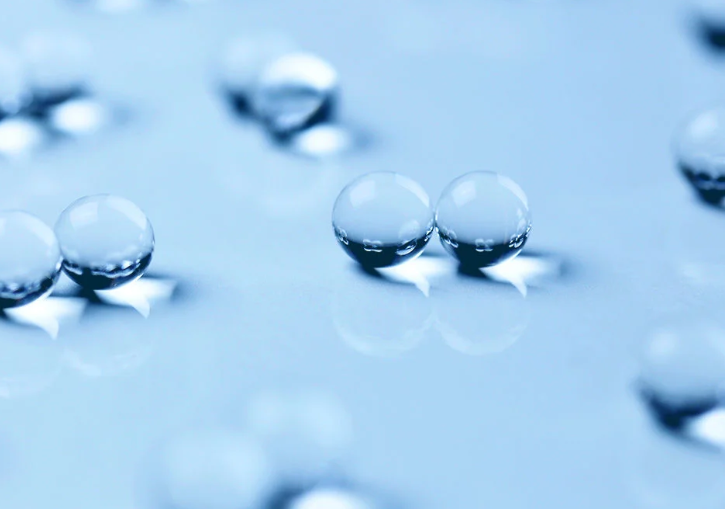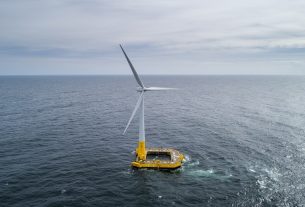Denmark – The Danish government has unveiled plans for state-owned companies, Energinet and Evida, to own and operate hydrogen pipelines in the country.
Denmark, with ambitions to become a leading exporter of renewable hydrogen, is taking decisive steps to establish the necessary infrastructure to support this vision.
The agreement to assign ownership and operation of the hydrogen pipelines to Energinet and Evida was reached by the Danish government in collaboration with several political parties, including the Socialist People’s Party, the Liberal Alliance, the Conservative People’s Party, Enhedslisten, the Radical Liberal Party, the Danish People’s Party, and the Alternative.
Energinet, a state-owned company, currently oversees the transmission systems for both electricity and natural gas in Denmark. The company’s expertise in managing energy infrastructure positions it well for the responsibility of hydrogen pipelines. Evida, on the other hand, is a Danish gas distribution company that will play a crucial role in the distribution of hydrogen to end-users.
Hydrogen transportation
The primary objective of establishing hydrogen pipelines is to enable the efficient transportation of hydrogen within Denmark and for export purposes. Denmark has set ambitious goals to become a major exporter of renewable hydrogen in the coming years, capitalizing on its renewable energy resources, particularly offshore wind power.
In April, Denmark announced the PtX tender, a support scheme aimed at promoting renewable hydrogen production. The first round of the scheme has a budget of 1.25 billion DKK (approximately €168 million) with a maximum subsidy of €1.93 per kilogram of hydrogen. This initiative aims to drive investment in renewable hydrogen projects and accelerate the transition towards a green hydrogen economy.
Renewable energy sources
To support the production of renewable hydrogen, Denmark plans to have between 4 gigawatts (GW) and 6 GW of electrolysis capacity online by 2030. The electricity required for electrolysis will primarily come from offshore wind turbines, emphasizing the country’s commitment to renewable energy sources. This capacity will not only cater to domestic demand but also enable significant hydrogen exports, particularly to Germany, Denmark’s neighboring country.
A report released by Energinet and Gasunie on May 12th highlights the substantial potential of Denmark’s renewable hydrogen production. By the end of the decade, production could reach 15 terawatt-hours (TWh), with the possibility of increasing to an impressive 98 TWh by 2050. Furthermore, the report suggests that Denmark has the potential to capture a 90% share of its domestic renewable hydrogen production for export, with the majority being transported via pipeline to Germany.




